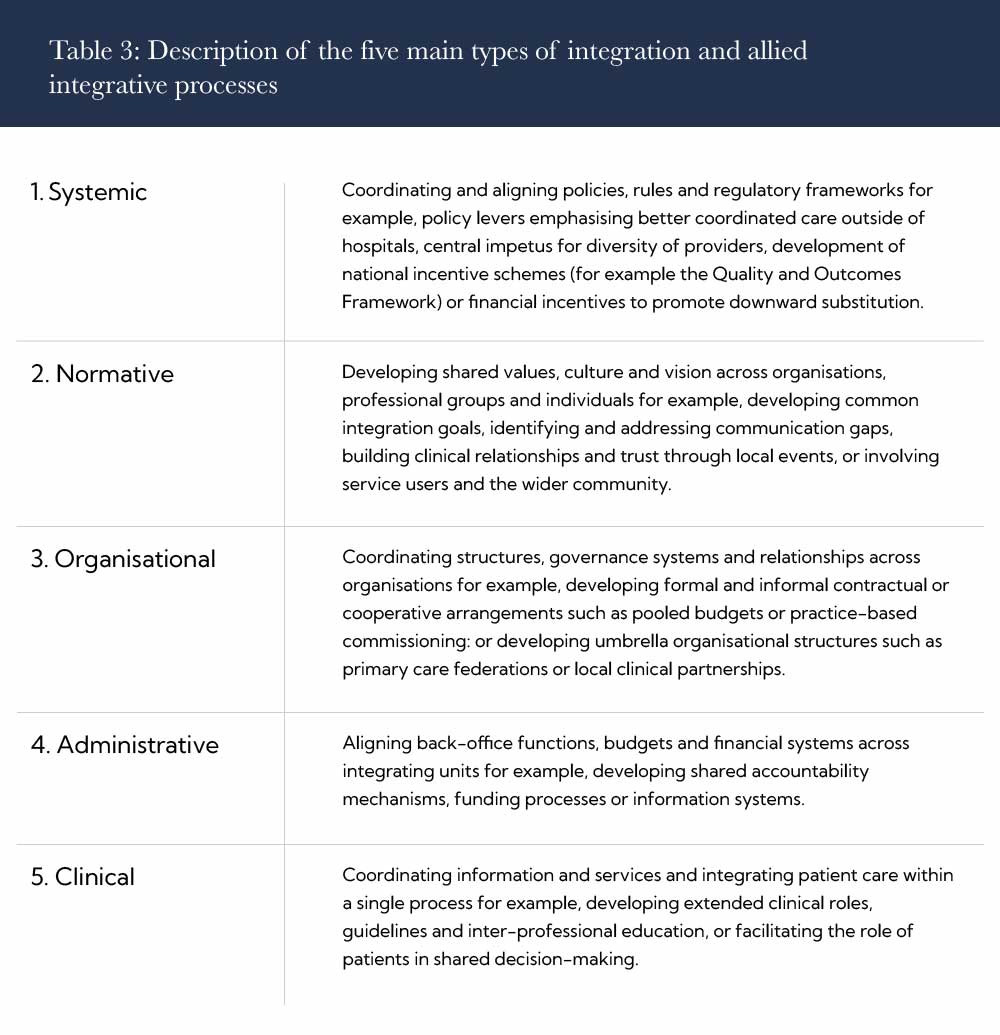Living Longer, Better
5 Min. Read

The boundaries between “life sciences” and “healthcare” or between research and practice in biomedical sciences are, to understate the matter, porous. These areas are all connected to our desire to extend human life. In thinking of that extension, it is helpful to recall an example of the “half-finished wish” in mythology: the person who wishes to live forever yet forgets to wish for continued health or youth. We are forever in search of ways to live longer, better, and come as near as possible to completing that wish.
Not ‘Holistic’, Just Whole
In the common understanding of healthcare, “holistic” has come to imply the inclusion of nonstandard healing practices like herbology, acupuncture, chiropractic, and so forth. It no longer means complete or entire. Taking that older definition, however, we can see a movement in healthcare toward greater integration and communication across the entire patient journey from research on new drugs and novel therapies, to more integrated patient care.
Integrated Medicine
Competing definitions of “integration” in medicine could easily derail any examination of the phenomenon of integrated medicine. Among literally hundreds of competing definitions, however, we can at least note that “common to all the definitions is an organising principle where the needs of the patient (or population) are central.” The National Health Service in the UK has broken it out into five distinct categories, listed below.

The clinical mode would seem to offer a reasonable perspective, inasmuch as it implies patient-centricity. If we look to the biomedical industries, however, something like a systematic or organizational perspective might make sense. Looking to the World Health Organization, we can see an example of integration traversing across definitional boundaries.
Whole, as in WHO
The WHO’s stated objective in pursuing integrated health services “is to get care to people and people to the care they need. We aim at trusted and quality healthcare for all that is safe, effective, respectful and compassionate, timely, and efficient.”
Similar to the NHS’s division above, the WHO posits integrated health services as a multi-part, but tightly connected, web comprising clinical services and systems; patient safety; traditional, complementary, and integrative medicine; infection prevention and control; and health service performance assessment. We can, of course, continue to break down the components of a medical system into increasingly specific modules. We could also take a further step back to view the system as an interconnected whole.
The Interconnected Whole
We have seen amazing drug discoveries in the last five years, but they would have been impossible without decades of the basic scientific research that underpins them. Once a drug or vaccine is discovered, though, there are still myriad connections that need to be made before a patient receives treatment. The drug must be manufactured, warehoused, shipped, retailed, prescribed, and ultimately consumed. Before even that, it must be tested and proven, subjected to regulatory control and approval. It must be marketed, both to the public and to the medical profession. It is the interconnection of these facets of research and care that should be of key interest.
This interconnection of disparate parts of the research cycle mirrors the interconnection of the organism itself. Focused too closely on only the musculature of the human hand, one may boggle at the act of typing an article. Thinking of the interconnected whole of the human author, however, things become less mysterious and more sensible. It does not make sense, in other words, to focus in so closely that we are concerned about the subatomic particles that build up the atoms and molecules of different tissue types; we should keep a middle focus on the organic, interconnected, whole.
Interconnection and Living Longer, Better
We are at a moment in the history of science and medicine when we can begin to see health systems as interconnected, organic, wholes. These connections became crushingly obvious during the COVID-19 pandemic, marked as it was by commodity shortages and price increases. Shipping and logistics costs soared, with the average cost of shipping a container of goods rising nearly 607% between late 2019 and early 2022.
We also saw the record-shattering time-to-market development of mRNA vaccines. As alluded to above, however, these remarkable vaccines rested not on quickly produced science but on over 20 years of research. The mRNA vaccines did not stop COVID-19, but they have been a critical factor in reducing mortality rates.
The point of interconnection between supply chain issues and vaccine development is the patient. Higher prices for personal protective equipment and scarcity of vaccine resources drove people into their homes, which had a knock-on effect of changing entire patterns of consumption. As restrictions eased and vaccination efforts took hold, people were able to return to work and school.
It no longer serves the purpose of increasing either the quantity or quality of life to view aspects of patient care as walled-off or completely distinct from one another. Drug discovery, biomedical devices, point-of-care systems, medical professionals, and every other aspect of patient care should be seen as interconnected parts of a whole with the unified goal of living longer, better.
Interconnected Talent Systems
If we conceive of the broad ecosystem of companies involved in patient care as a community, then each company would comprise an individual. Since we want to highlight the necessity of considering individual patients as both biologically interdependent entities and as recipients of interconnected health and medical care, we can extend the metaphor to the provider companies.
Considering companies in this way, we see that it no longer makes sense to think about the recruitment of bench researchers as distinct and separate from the recruitment of executive leadership. They are interconnected aspects of the whole of the company-as-individual. Talent management cannot stay rooted in a strict hierarchy of prestige and roles but can and should adapt to seeing the needs of the company as an interconnected whole. By conceiving of talent problems this way—that is to say holistically—companies can truly move forward and advance the goal of living longer, better.

